Name: Musk Ox (Ovibos moschatus)
Length: 1.5 meters (height at shoulder)
Weight: 285 kg average
Location: Arctic
Conservation status: Least Concern
Diet: Grass, willows, lichens, moss
Appearance: Black, gray, brown, very rarely white
How do Musk Oxen forage?
Musk Oxen move to areas with thinner snow to conserve energy while digging for plants.
Are Musk Oxen social?
Musk Oxen herd together, with winter herds ranging from 12 to 24 members and summer herds from 8 to 20. They have separate hierarchies for males and females and mark trails with scent from pre-orbital glands. Dominant oxen get the best food and defend their status by roaring, pawing, and rushing. Males show dominance by kicking and mock-mounting lesser males. When threatened, they form a defensive circle with bulls on the outside.
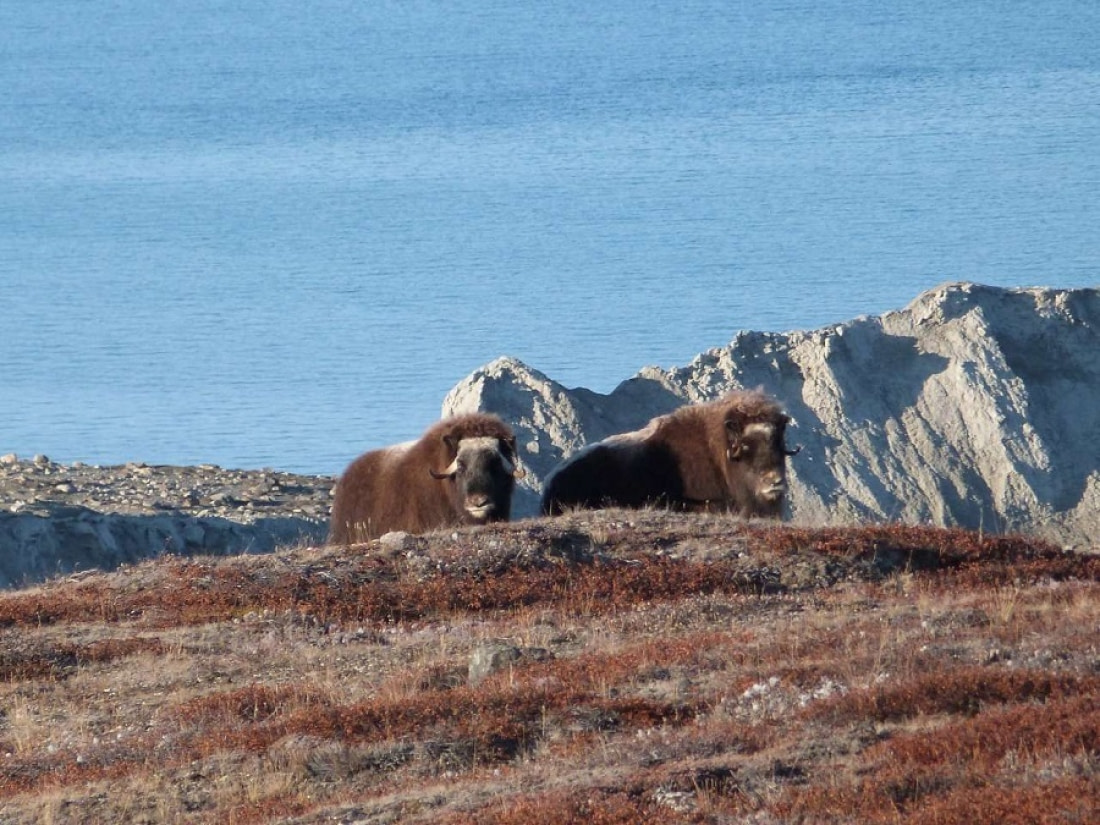
How fast can Musk Oxen move?
Musk Oxen can run up to 60 km per hour.
What are Musk Oxen mating rituals like?
Females mature at 3 years, males at 5. Mating season starts in July, with males clashing until one wins and forms a harem of about 6 females. The dominant male herds the females, kicking them to calm them before mounting. Pregnant females become aggressive and lead the herd's grazing. Pregnancy lasts about 8.5 months, with calves born from April to June. Calves move with the herd within hours and are weaned after 2 months.
How long do Musk Oxen live?
Musk Oxen live up to 20 years in the wild.
How many Musk Oxen are there today?
Estimates range from 80,000 to 125,000.
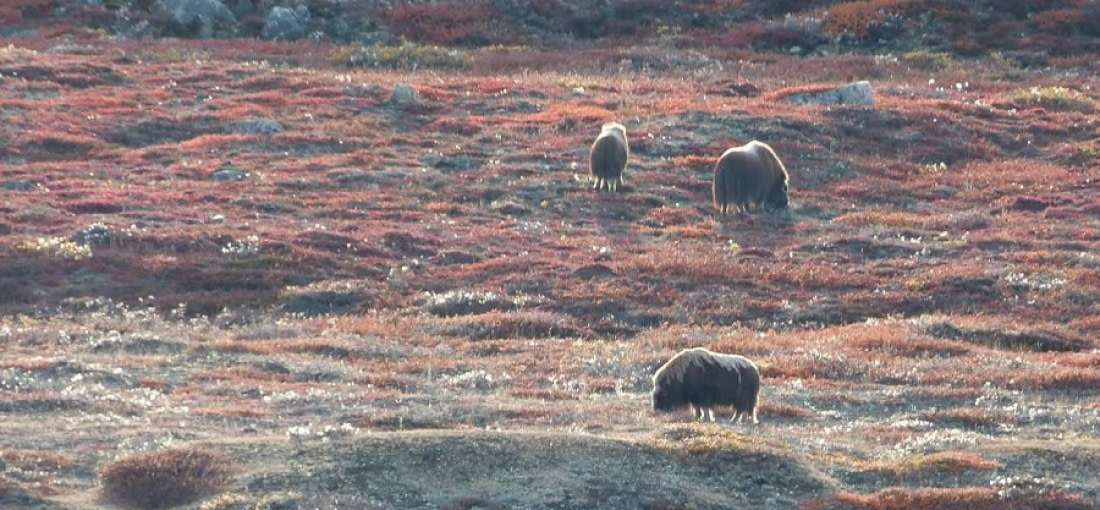
Do Musk Oxen have any predators?
The main predator is the Arctic Wolf, responsible for up to half of Musk Oxen deaths due to predation. Grizzly bears and polar bears also attack, mainly targeting the young and elderly.
7 Magnificent Musk Oxen Facts
- Musk Oxen are named for the strong smell males emit during mating season.
- They have two layers of fur: outer "guard hairs" and inner "qiviut" that sheds in summer.
- The under-layer can be spun into wool, 8 times warmer than sheep's wool.
- Musk Oxen and Caribou are the only Arctic hooved mammals to survive the Pleistocene Era.
- They have an air pocket between their skull and brain to prevent brain damage during clashes.
- Musk Oxen were reintroduced to North America in the 1930s after becoming extinct in the late 1800s.
- They are more closely related to goats and sheep than to other animals.
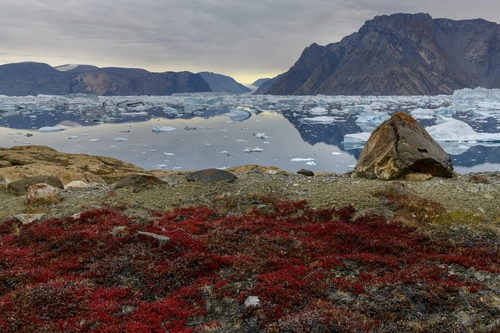
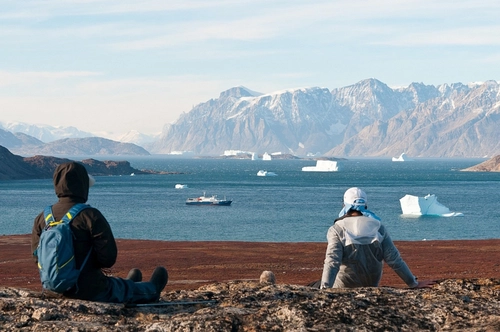

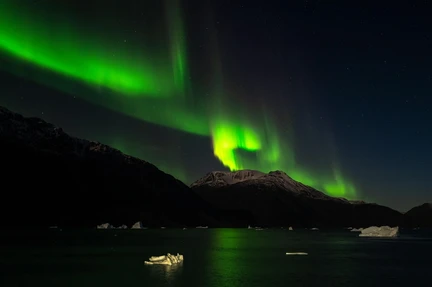

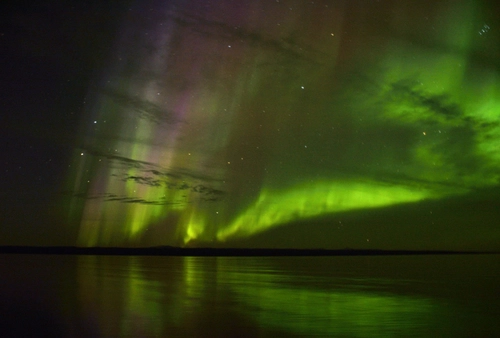
Related Trips



The World Is Changing for Greenland's Native Inuit People
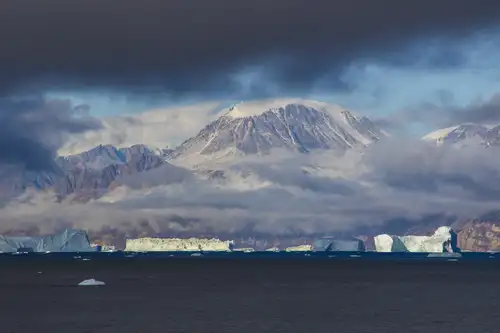
Greenland: East vs. West

Tracking Greenland’s Wildlife from Space

Traditional Lifestyles of the Inuit
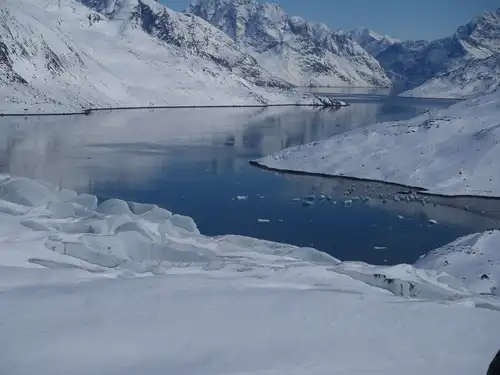
How and When Did Greenland Become Covered in Ice?
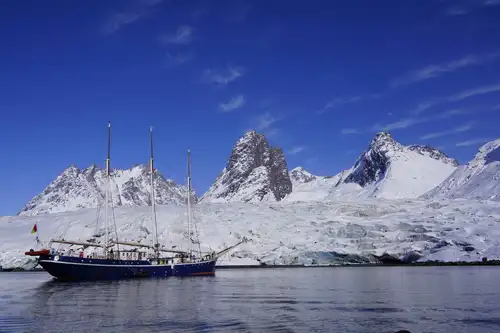
5 Misconceptions You Might Have About Greenland
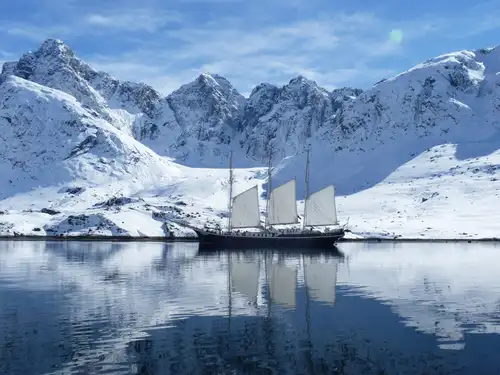
Why You Should Visit Greenland: 11 Things to See, Do, and Explore
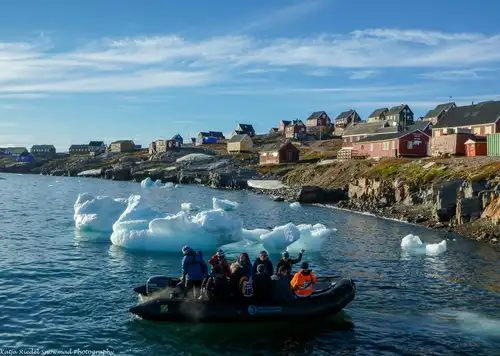
Scoresby Sund: the Greatest Greenland Adventure
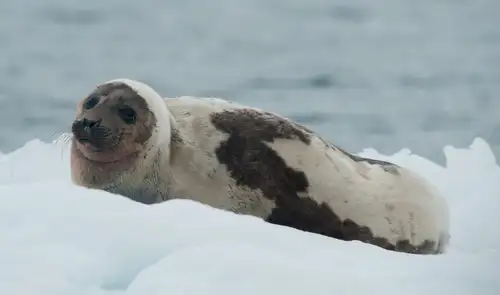
Harp seals harping on in Greenland
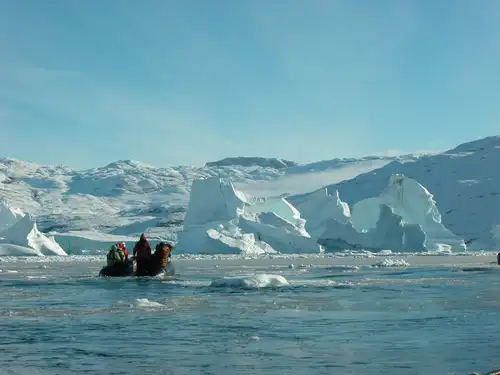
Discover the Scoresby Sund Fjord System in East Greenland

The Arctic Hare: Easter Bunny
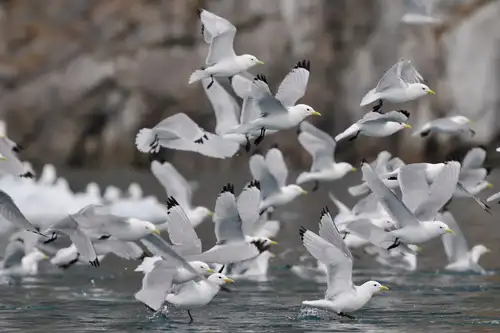
Five Birds You Might See on Your Greenland Cruise
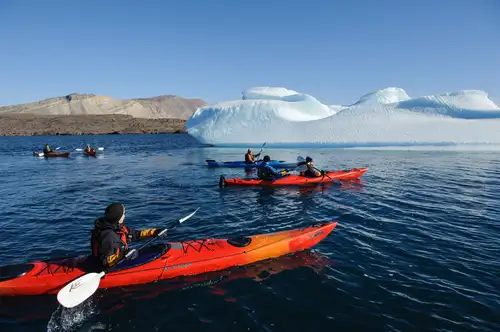
Greenland: Where the Kayak Was Invented
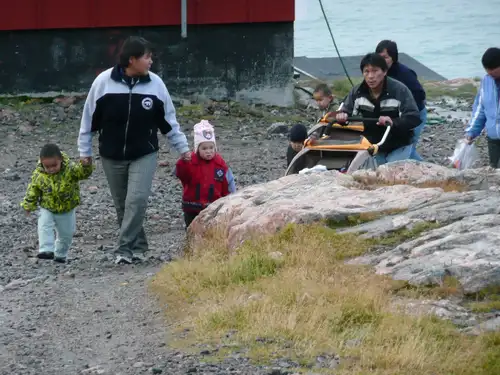
Greenlandic Inuit Beliefs
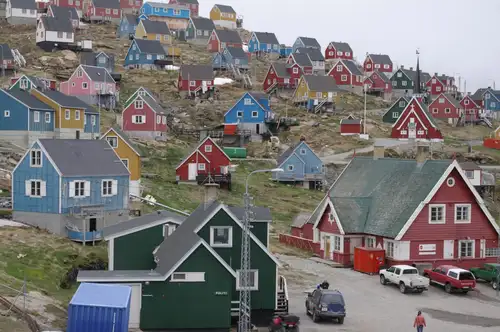
10 Traits of Post-Ice-Age Greenland
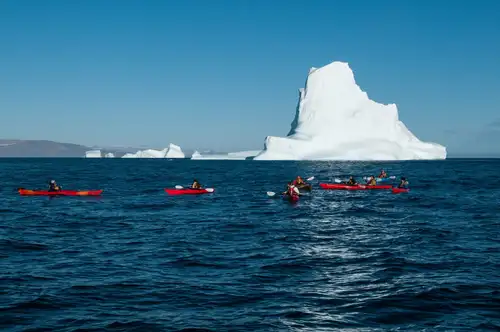
Kayaking In Greenland
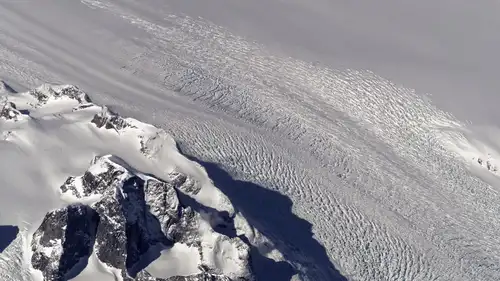
Ice streams and lakes under the Greenland Ice Sheet

Under the Greenland Ice Sheet
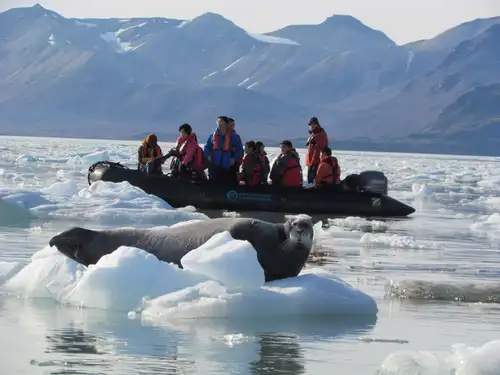
Six Seal Species You Might See On Your Greenland Cruise
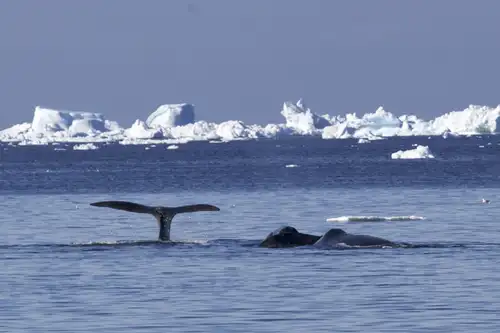



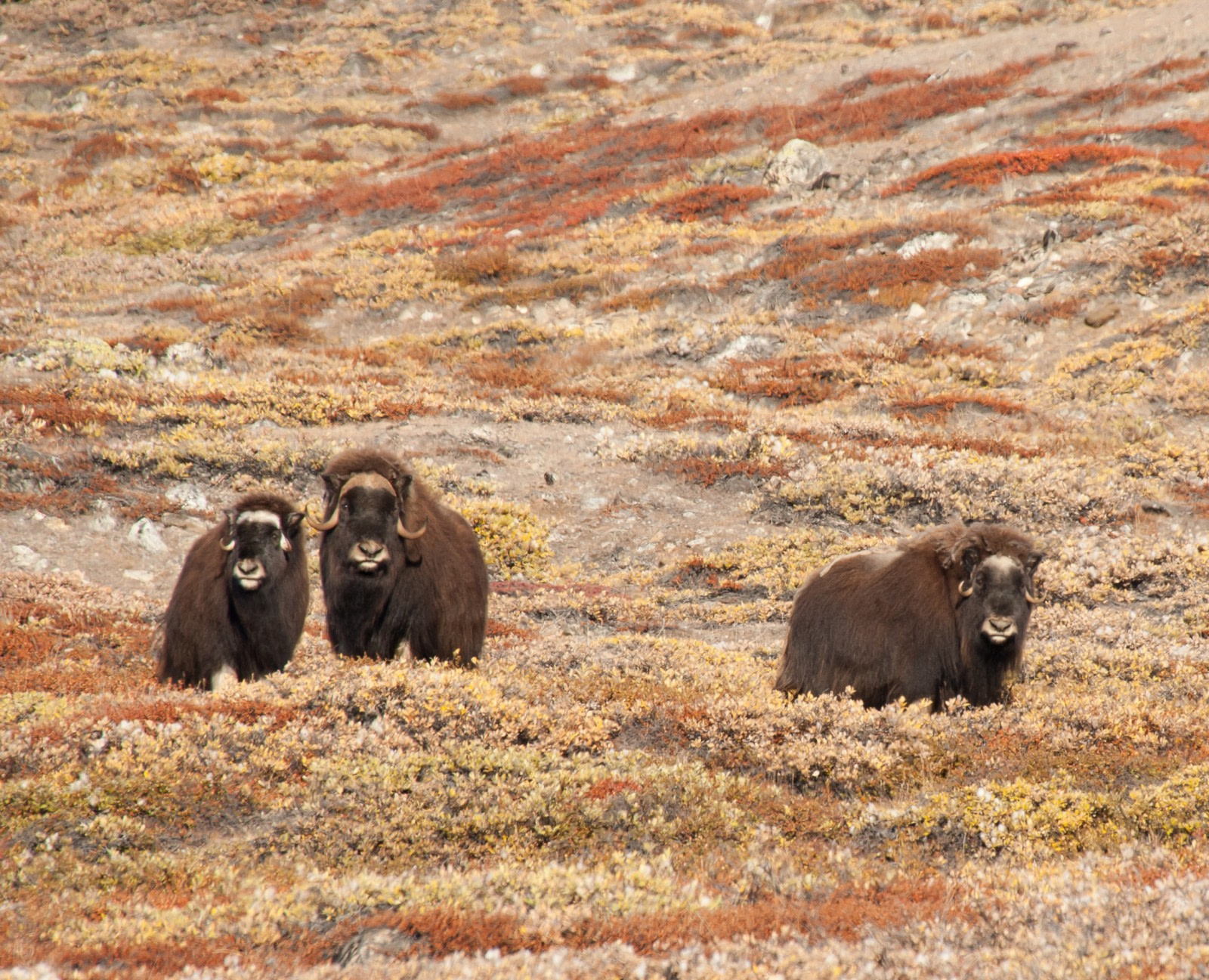

 20 Days / 19 Nights
20 Days / 19 Nights
